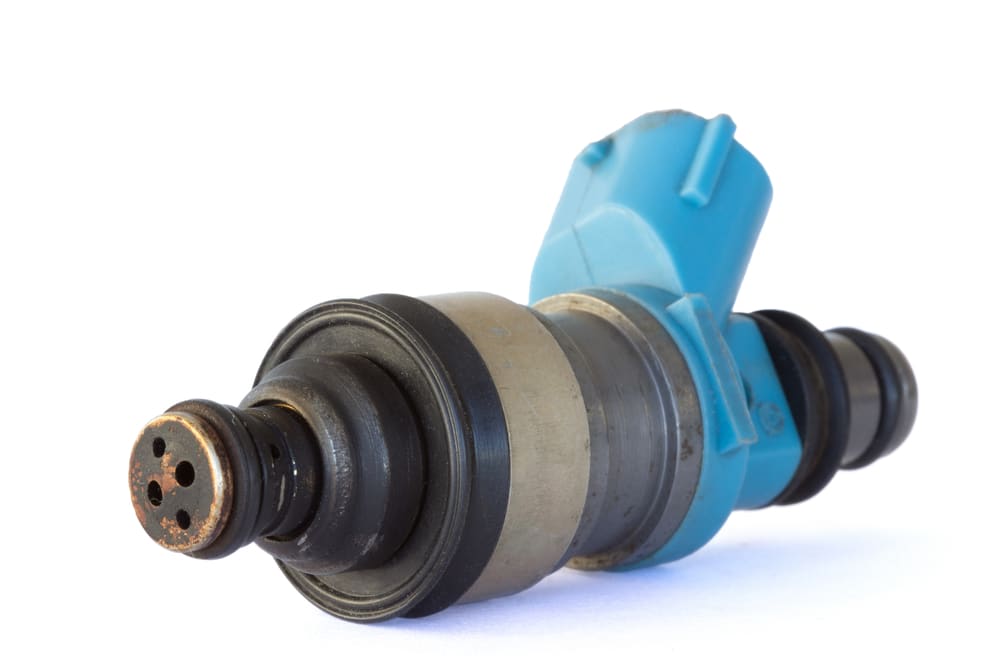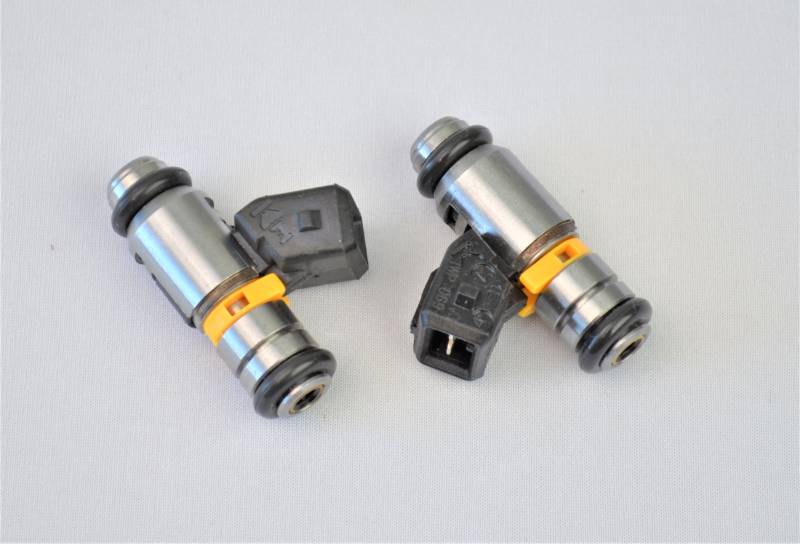Fuel Injectors for Beginners
Table of ContentsThe 3-Minute Rule for Fuel InjectorsThe Greatest Guide To Fuel InjectorsFuel Injectors Fundamentals Explained
A cutaway design of a gas direct injected engine Fuel injection is the intro of fuel in an internal combustion engine, a lot of frequently vehicle engines, by the means of an injector. This short article focuses on fuel injection in reciprocating piston and rotary piston engines. All Diesel (compression-ignition) engines use fuel injection, and many Otto (spark-ignition) engines use fuel injection of one kind or another.
Generally, the only thing in typical all fuel injection systems have is the absence of carburetion. There are two primary practical concepts of mixture development systems for internal combustion engines: internal mixture development, and external mix formation. fuel injectors. A fuel injection system that uses external mixture development is called a manifold injection system; there exist two kinds of manifold injection systems: multi-point injection (port injection), and single-point injection (throttle-body injection).
There exist numerous different ranges of both direct and indirect injection systems, the most typical internal mixture development fuel injection system is the common-rail injection system, a direct injection system. The term electronic fuel injection describes any fuel injection system having an engine control system. An ideal fuel injection system can precisely provide exactly the best quantity of fuel under a all engine operating conditions.
In practice an ideal fuel injection system does not exist, but there is a substantial variety of different fuel injection systems with particular advantages and disdvantages. The majority of these systems were rendered outdated by the common-rail direct injection system that is nowadays (2020) utilized in lots of automobile. Common-rail injection enables fuel direct injection, and is even much better fit for diesel engine fuel direct injection.
When designing a fuel injection system, a range of elements needs to be taken into consideration, consisting of: All fuel injection systems consist of 3 fundamental parts: they have at least one fuel injector (sometimes called an injection valve), a gadget that creates enough injection pressure, and a device that meters the correct amount of fuel (fuel injectors).
Some Known Details About Fuel Injectors
Early mechanical injection systems (except air-blast injection) usually utilized injection valves (with needle nozzles) in combination with a relatively advanced helix-controlled injection pump that both metered the fuel, and created the injection pressure. They were well-suited for intermittently injecting multi-point injection systems along with all sorts of standard direct injection systems, and chamber-injected systems.
In contemporary engines, the fuel metering and injection valve actuation is generally done by the engine control unit. For that reason, the fuel injection read the article pump does not need to meter the fuel or actuate the injection valves; it only requires to supply injection pressure. These contemporary systems are used in multi-point-injected engines, and common-rail-injected engines.

The overview below shows the most typical kinds of mix formation systems in internal combustion engines. There are numerous various methods of characterising, organizing and explaining fuel injection systems, the clade is based upon a distinction between internal and external mix development systems. Mix formation systems Internal mix formation Indirect injection Direct injection Hydraulic injection Walldistributed injection Airdistributed injection Pumpe-Dse system Pump-rail-nozzle system Air-guided injection Wall-guided injection Spray-guided injection Standard helixcontrolled injection pump systems Lanova direct injection Afterchamber injection G-System (sphere combustion chamber) Gardner system (hemisphere combustion chamber) Saurer system (torus combustion chamber) Flat piston (combustion chamber between piston and head) External mix development Continuous vacuum carburettor Multistage carburettor Multi-barrel Click This Link carburettor Float-chamber-less membrane carburettor BMW M88 engine with multi-point injection In an engine with external mix development, air and fuel are combined outside the combustion chamber, so that a premixed mix of air and fuel is drawn into the engine.

There exist 2 primary external mixture development systems in internal combustion engines: carburettors, and manifold injection. The following description focuses on the latter. Manifold injection systems can likewise be thought about indirect injection, however this post mainly uses the term indirect injection to explain internal mix development systems that are not direct injection.
They can utilize numerous different injection plans. Single-point injection utilizes one injector in a throttle body mounted likewise to a carburetor on an intake manifold. As in a carbureted induction system, the fuel is blended with the air see before the inlet of the intake manifold. Single-point injection was a reasonably inexpensive way for automakers to minimize exhaust emissions to comply with tightening up regulations while providing much better "driveability" (simple starting, smooth running, liberty from doubt) than might be obtained with a carburetor.
This held off the redesign and tooling expenses of these components. Single-point injection was used extensively on American-made automobile and light trucks during 19801995, and in some European automobiles in the early and mid-1990s. Multi-point injection injects fuel into the intake ports just upstream of each cylinder's consumption valve, rather than at a main point within an intake manifold.
The 2-Minute Rule for Fuel Injectors
Manifold injected engines can utilize several injection plans: continuous, and periodic (simultaneous, batched, consecutive, and cylinder-individual). In a constant injection system, fuel flows at all times from the fuel injectors, however at a variable circulation rate. The most typical vehicle constant injection system is the Bosch K-Jetronic, introduced in 1974, and utilized up until the mid-1990s by different automobile manufacturers.
In an engine with an internal mix formation system, air and fuel are blended only inside the combustion chamber - fuel injectors. For that reason, only air is drawn into the engine during the consumption stroke. The injection scheme is constantly periodic (either consecutive or cylinder-individual). There are two various kinds of internal mix formation systems: indirect injection, and direct injection.